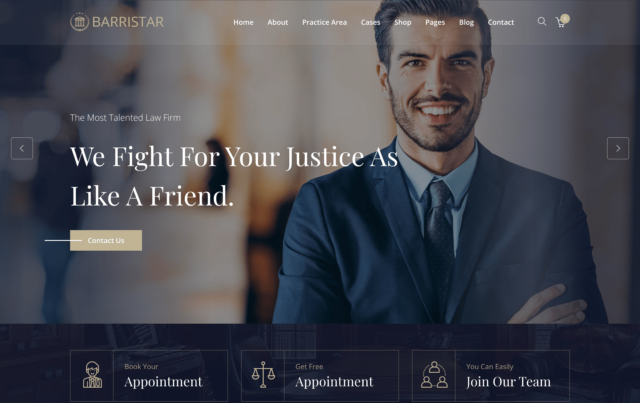Creating meaningful and relevant content for a personal injury attorney website is crucial to connecting with potential clients who have experienced various types of accidents, such as workplace incidents, car accidents, or slip-and-fall injuries. This content not only needs to be informative and helpful but also must establish trust and demonstrate the attorney’s expertise and empathy. Here’s a comprehensive guide to achieving this:
1. Understanding the Target Audience
- Identify the Needs: Recognize that potential clients are often in distress, seeking guidance, and looking for reassurance. They might be in some kind of physical pain and they are definitely suffering from a mental standpoint. They need clear, concise information about their rights and the legal process that is discussed in laymen’s terms that is easily digestible.
- Empathy and Support: Content on your law firm website should convey empathy, showing that the attorney understands their pain and concerns. Use a compassionate tone and assure them that their situation is taken seriously.
2. Key Content Types and Strategies
- Educational Blog Posts: Write articles explaining common legal processes, such as filing a claim, understanding negligence, or what to do immediately after an accident. Use simple language to make complex legal terms understandable.
- Case Studies and Success Stories: Share real-life examples of past cases, highlighting successful outcomes. This builds credibility and shows potential clients that the attorney has a proven track record.
- FAQ Sections: Create a comprehensive FAQ section addressing common questions about personal injury claims, timelines, and compensation. This helps clients quickly find the information they need.
- Guides and Checklists: Offer downloadable guides or checklists, such as “What to Do After a Car Accident” or “Steps to Take Following a Workplace Injury.” These practical resources can be invaluable to someone navigating the aftermath of an accident.
3. Optimizing for Search Engines (SEO)
- Local SEO: Properly optimize for local searches by including location-specific keywords and creating content around local laws and regulations. This helps in attracting clients within the attorney’s geographical area.
- Quality Over Quantity: Focus on producing high-quality, informative content rather than churning out a high volume of posts. Search engines favor well-researched and valuable content.
4. Engaging and Interactive Content
- Videos and Webinars: Create videos explaining the legal process, client testimonials, or short clips answering common questions. Webinars on specific topics like “How to Handle Insurance Companies” can also be very engaging.
- Interactive Tools: Develop tools such as compensation calculators or symptom checkers to help clients understand the potential value of their claim or whether they need legal assistance.
5. Building Trust and Authority
- Attorney Profiles: Provide detailed biographies of the attorneys, including their experience, qualifications, and personal interests. This personal touch helps build trust.
- Client Testimonials and Reviews: Showcase positive client reviews and testimonials prominently. Real-life experiences from satisfied clients can significantly enhance credibility.
- Accreditation and Memberships: Highlight any professional memberships, certifications, and awards. This reinforces the attorney’s authority and expertise in the field.
6. Legal Updates and News
- Current Events: Regularly update the blog with posts about recent legal developments, changes in personal injury law, or notable cases. Staying current shows that the attorney is knowledgeable and up-to-date.
- Newsletters: Offer an email newsletter to keep clients informed about legal news, tips, and updates from the firm. This keeps the attorney top-of-mind for potential clients.
7. Effective Call-to-Actions (CTAs)
- Clear and Concise CTAs: Use strong and clear CTAs to encourage potential clients to take the next step, whether it’s scheduling a free consultation, calling the office, or filling out a contact form.
- Accessibility: Ensure that contact information is easily accessible on every page. Consider adding live chat support to answer immediate questions.
8. Social Proof and Community Engagement
- Community Involvement: Share posts about the attorney’s involvement in community events or charity work. This humanizes the attorney and shows a commitment to the community.
- Social Media Engagement: Maintain an active presence on social media platforms. Share blog posts, legal tips, and firm updates to engage with a broader audience.
By focusing on these strategies, personal injury attorneys can create a website that not only provides valuable information but also builds a strong connection with potential clients. Authenticity, professionalism, and empathy are key to resonating with individuals seeking legal help during difficult times.








